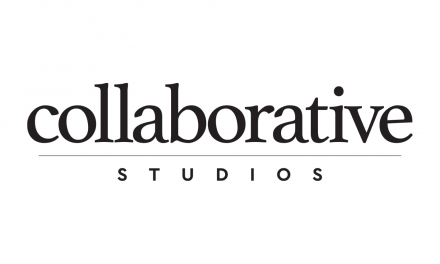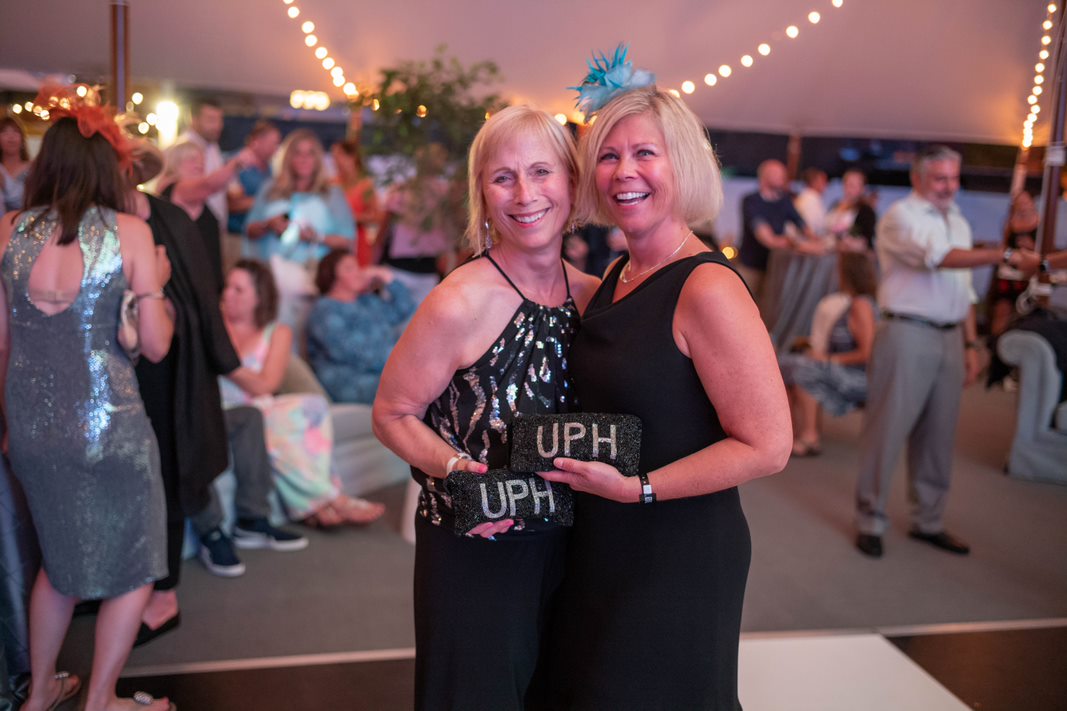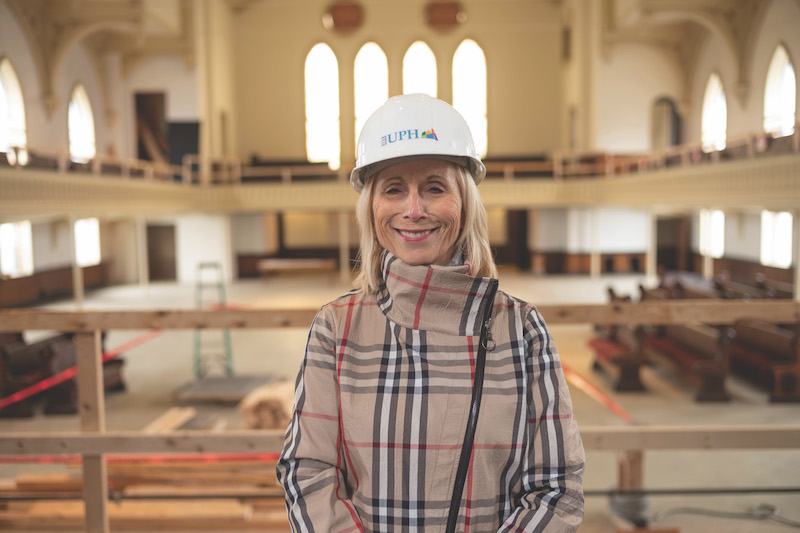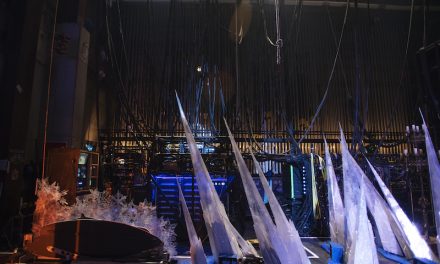Photos by Kate Penn
The first buses arrive around 2:30. They come from Schenectady’s Yates Elementary, followed later by others filled with middle and high schoolers. There’s a clamber up the stairs, dozens of tromping feet. For those working in the administrative space at Proctors—“Cubeland” as it’s called—the noise is a joyous alarum call of sorts. It means the start of a new spring day in The Addy, upstairs. It means that music will soon start flowing down. More than that, it means that young minds will be engaging in the arts from all kinds of angles, and that’s what Proctors is all about.
The Adeline Graham Theatrical Training and Innovation Center was dedicated in November 2017, occupying about 12,000 square feet on the third floor of the former Carl Company on State Street. What had been a wasteland of concrete and exposed rebar was transformed, through generous gifts, into a state-of-the-art learning center, complete with a dance studio, media lab, orchestral rehearsal complex and a full-service theatre.
The music comes from Empire State Youth Orchestra’s CHIME program, which serves over 100 children from across the Capital Region.
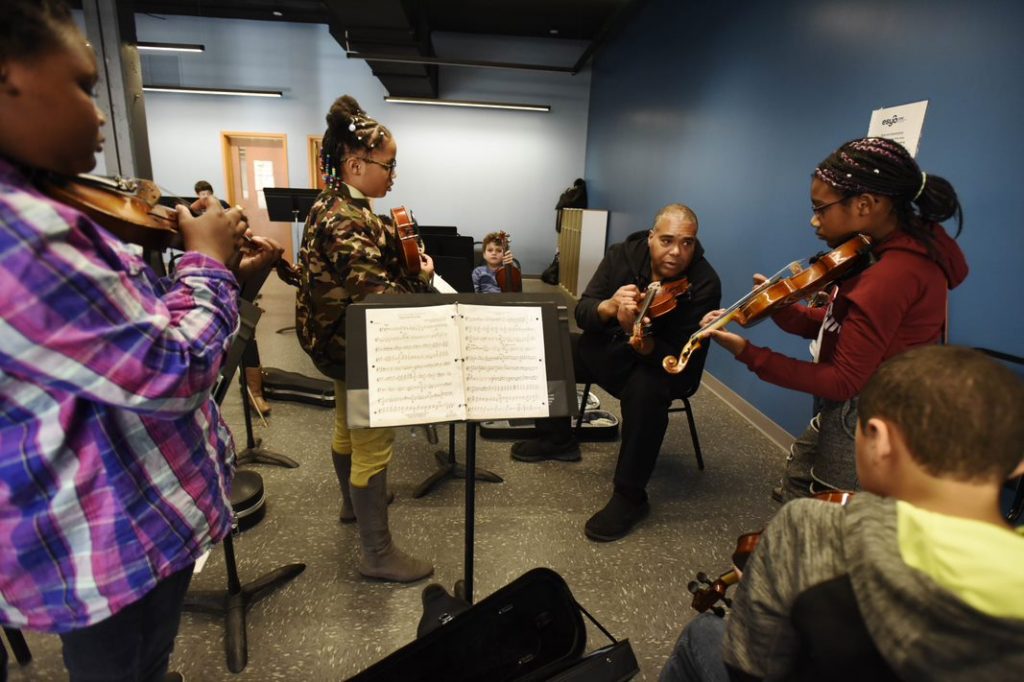
CHIME is an acronym for “Creating Harmony Invigorating Music Education,” and the structure is based on a Venezuelan program called El Sistema.
The CHIME students, once upstairs, grab a quick snack from The Addy’s breakroom, tune up (with help from instructors) and begin lessons. Today’s slate might include individual tutoring on cello, a new sectional arrangement for the violas or a symphonic gathering of all players aimed at one of the group’s frequent performances—sometimes on the MainStage alongside the Schenectady Symphony Orchestra or CHIME’s ESYO counterparts.
“We do many more hours of instruction than a lot of other similar programs,” says CHIME Program Administrative Director Jared Shortmeier. “And more than the students are able to receive at school. We even have a leader program of high school students who participate, so the younger players have opportunities for peer-to-peer learning with students who are older than them.”
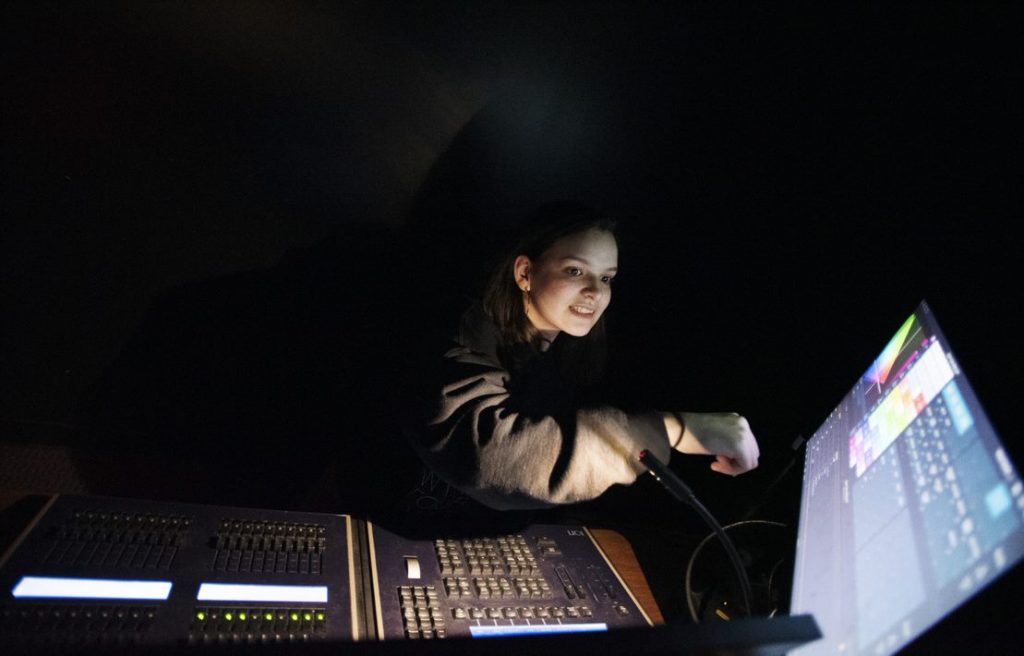
Buses also pull in from other city schools, filled with students registered with the School of the Performing Arts at Proctors, one of the nation’s most robust theatrical education departments.
Again, the feet go up and down the stairs like a song, and in this case, it’s probably from a classic Broadway musical.
“Proctors really buzzes when The Addy is in motion,” says Education Director Christine Sheehan. “It’s amazing. We hear the CHIME kids rehearsing; we see video kids filming in different locations; we catch young actors running their lines. The reason we do this is to watch these students come alive with the promise of the arts, and the building comes alive in the same way.
“We support young artists here. We give them the tools and the opportunities.”
Acting Academy, one of a large number of programs and workshops to make use of the space, runs October–May. This year’s major project, a spring production of Roald Dahl’s James and the Giant Peach—with songs by Dear Evan Hansen composers Benj Pasek and Justin Paul—provided unique fodder for both the young thespians and the eager TheatreTECH students who helped mount the play.
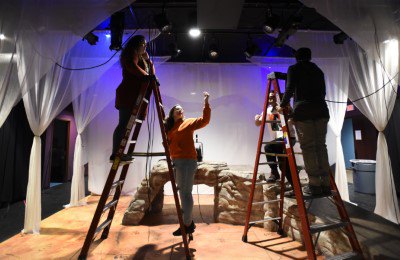
“Each day is a little different at Acting Academy,” says School Programs Director Katherine Stephens.
Many of the students in the free program have no previous experience, and learn elements of the craft from the ground up.
“Usually they’ll start with a team warmup exercise. If they’re going to do a dance day, they’ll do some stretching. If it’s a vocal day, they’ll do some vocal warmups before singing. And if it’s just a general day, they’ll circle up and do improv games to hone various skills.”
By the close of Peach, members of TheatreTECH were on to learning real world skills from working pros, helping to create and assemble the many varied pieces of New York Stage Originals’ world premiere of Heart of Stone.
Prior class work with TheatreTECH Instructor Carter Sullivan Irwin had prepared them mentally and the hands-on work—building props, setting the light board, miking actors—puts thought into action. TheatreTECH, discussed deeply in the May issue of Collaborative, is part of workforce development initiative, and select students were eligible for paid work with Heart, including posts as part of the show’s “running crew.”
When it’s time for the students to head home, at staggered times depending on age group and school affiliation, each—regardless of which track they follow—has taken a step forward on a path towards a life or career in the arts. Will all follow that path to its end? Perhaps not, but time spent in The Addy has, if nothing else, opened each young heart and mind to the possibility of what the arts can mean. Each day bolsters self-esteem. And each new friend follows the other, clomping down the stairs to the bus home.
By Michael Eck
The Collaborative is published by Proctors


